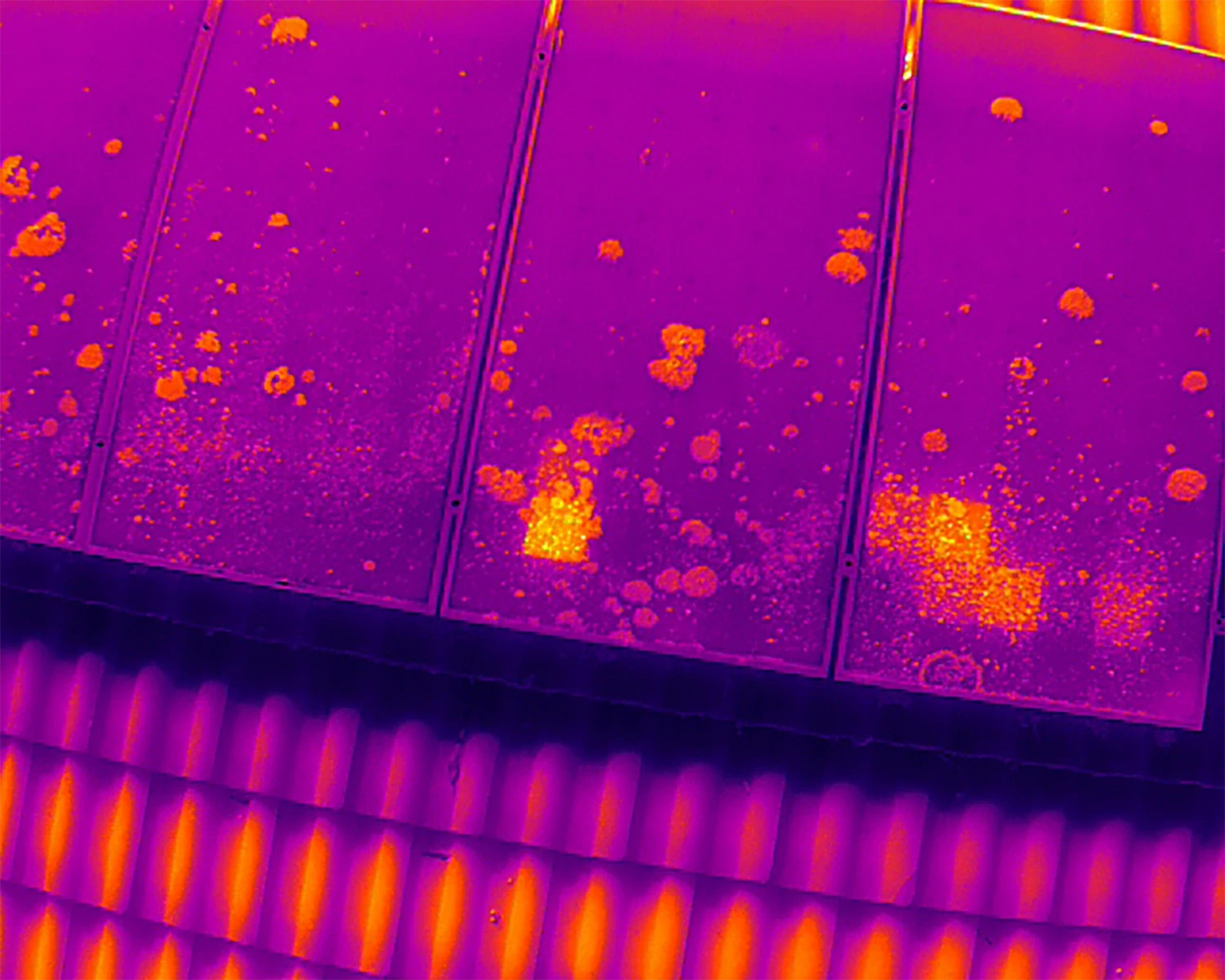
Tesla Powerwall 3 Expansion is Now CEC-Approved & Available
Tesla Powerwall 3 Expansion is Now CEC-Approved & Available
Posted 7 Feb
So you may have just received your electricity bill and are seeing varied numbers in the on and off-peak sections.. but what are on and off-peak demand periods?
In order to optimise your electricity consumption and reduce your energy bills, homeowners need to know peak, shoulder, and off-peak electricity times in Australia.
Peak electricity times refer to the high-demand period of energy.
Peak electricity times are generally from 2-8pm in Summer, and 5-9pm in Winter.
Shoulder electricity times refer to the time between on and off-peak demand periods, which are usually 7am-2pm & 8-10pm in Summer, and 7am-5pm & 9-10pm in Winter.
Off-peak electricity time periods are when energy is at its low demand.
Off-peak electricity times are typically from 10-pm-7am.
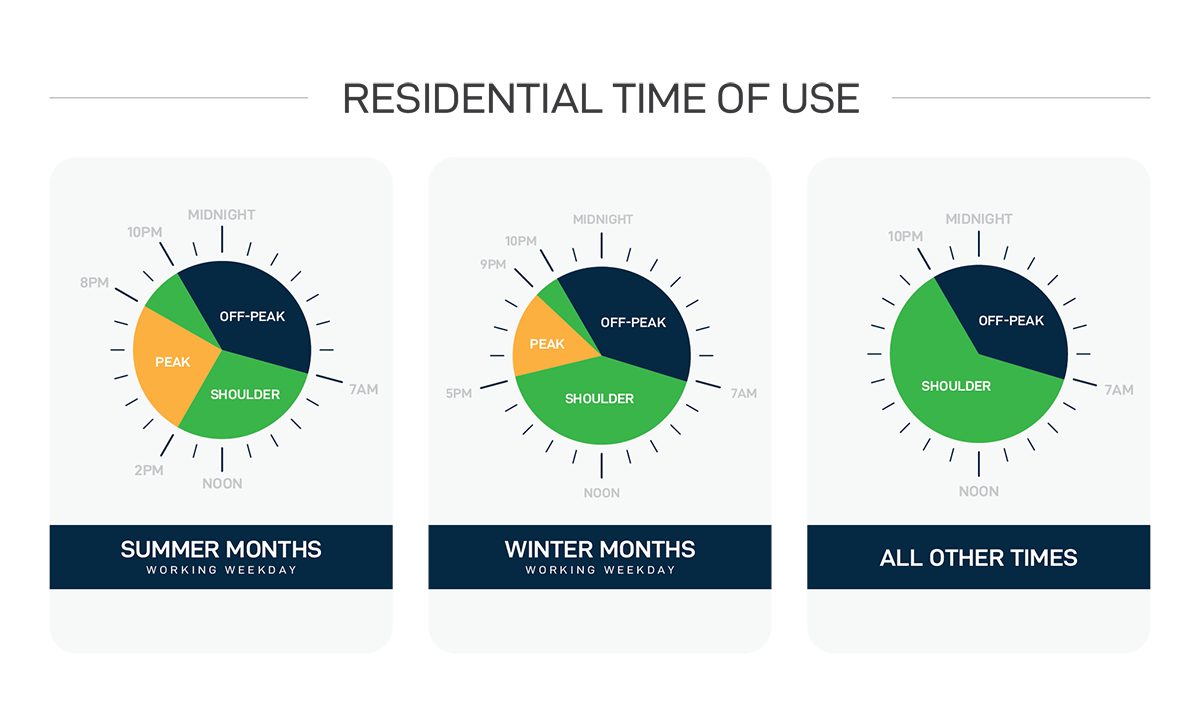
When you arrive home from work on a summers’ day (let’s say 5pm), you will start to use power in the middle of an on-peak time where electricity will be most expensive to use. Cooking dinner, maybe the air-conditioner goes on, and you start watching your favourite tv show. All of these will be using peak electricity usage costs which will cost more compared to the shoulder or off-peak periods on a time-of-use tariff.
For example, Energy Australia's Balance plan says that weekday peak times are between 2pm - 7pm (65.44c/kWh), shoulder times from 7am-2pm and 8pm-10pm (34.42c/kWh).
Weekend on Energy Australia Balance plans are off-peak from 10pm - 7am (27.24c/kWh), with shoulder times being 7am-10pm (34.42c/kWh).
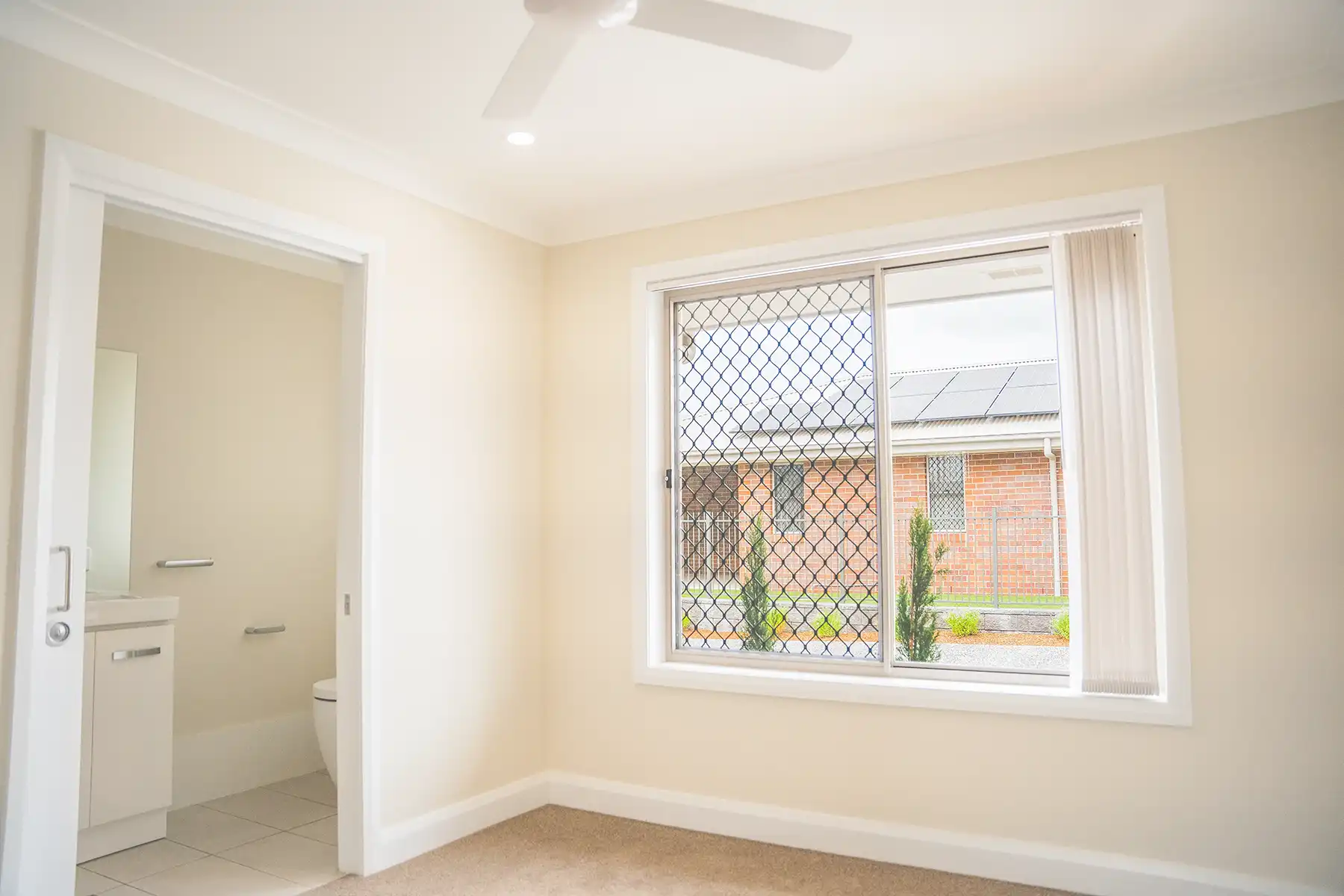
Every property will have unique lifestyles and energy consumption habits. Finding the right electricity tariff can depend on a few factors, however, below are the main 4 tariffs available throughout NSW, Australia.
Time-of-use tariff applies variable pricing at different times of the day, based on division between peak, shoulder, and off-peak periods. This suits people who: can easily manage their usage habits, are out mostly during weekday evenings and at home during the day and can use appliances on the weekends. You will also need to install a smart meter/time-of-use meter.
On a single-rate tariff, there are no on and off-peak electricity periods. This means you pay a flat-rate price at all-times of the day. This tariff is the perfect for those who are home a lot during weekday evenings, and for people wanting to use appliances during peak periods.
A controlled-load tariff refers to when an appliance is charged separately at its own stand-alone rate, and often has its own electricity meter. Every home will have at least one energy-hungry appliance, whether it be hot water heating, or a pool pump, or even floor heating to be used overnight or in off-peak periods.
On top of regular consumption and supply fees, Demand tariffs are based on the consumption intensity of your property at any point in time. Each energy retailer will have their own method of calculation like, your single highest demand period, your overall average, and different demand seasons. This tariff has been made to incentivise lower energy consumption in peak periods – the less you use in these periods, the cheaper your bill.
Pricing between Peak and Off-peak electricity can more than double, with peak electricity prices sitting at anything
between 20c
per kWh to 64c per kWh*.
Also note that this does not include the fees and supply charges.
This can give you billshock when opening your energy bill after your usage has been heavy, and the price of energy has been high.
When changing your consumption habits to take advantage of off-peak times, you will see an improvement over your bill depending on which tariff you are on.
If you are a single rate tariff, the pricing will be constant over any demand period.
*Energy Made Easy results for Time of Use tariff (off vs. on peak usage), Inc. GST. Search result of 'Thornton 2322, 2-3 person
residential home on the 'Basic home' plan. Compare here.
Are Smart Meters the Answer?
Smart Meters are essentially a tool that can be installed to allow properties to see accurate and clear data of their energy consumption, which allows the owner to make informed decisions about when and how long to use appliances.
Demand response is a program that you can partake in where customers are paid to keep the electrical grid stable by balancing the supply and demand. It allows for a more balanced system and rewards participants for throttling consumption or for using more power in times of over-supply.
A great example would be a building with lots of refrigeration. The operator will notify the participant to limit electricity
consumption, until a certain time in order to reduce the electrical load on the grid. They would do this by either turning the fridges off
temporarily, and in the process the participant is rewarded for throttling their usage.
The same thing happens when the system has too much supply and not enough demand, the participant would then be notified to turn all
fridges up to soak up the generated energy and be paid for it.
With the transition to renewable energy happening, we will most likely see a higher rate of grid failures and higher grid energy costs as coal-fired power stations close across Australia. We believe now is the best time ever to invest in solar as rebates are still available (not for long), and the rapidly growing demand for grid security.
If you want to see if you’re on the cheapest energy plan, we recommend visiting ‘Energy
Made Easy’
where you can simply compare energy plans, it’s great.
Renewable News Articles
Not only are we specialists in solar power, but we pride ourselves in being leading installers in battery
storage, as well as EV charging for homes and businesses. For solar and battery systems, we offer both on and off-grid solutions for a
range of applications.
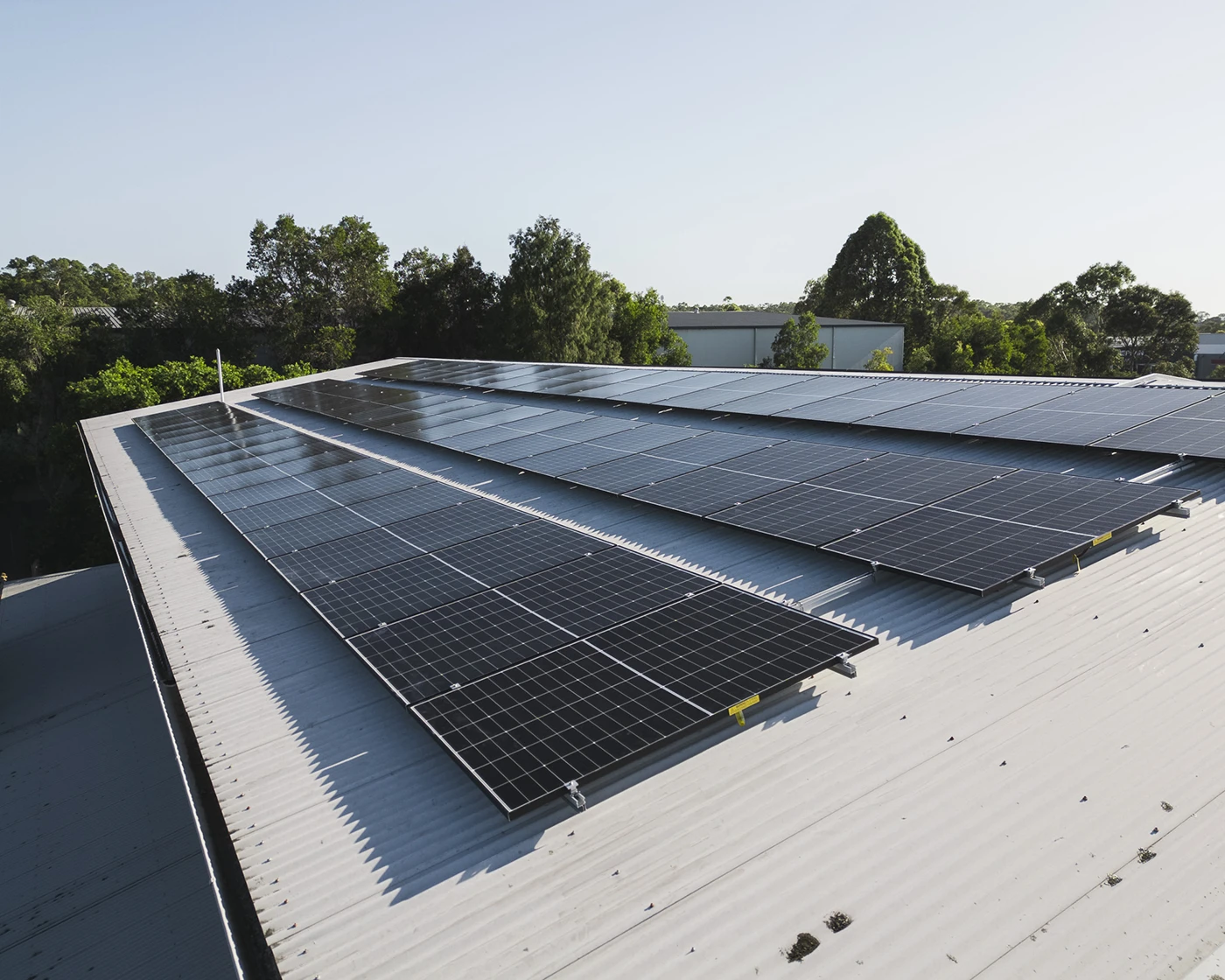
Newcastle's leading solar installers, providing long-lasting residential and commercial rooftop solar systems.
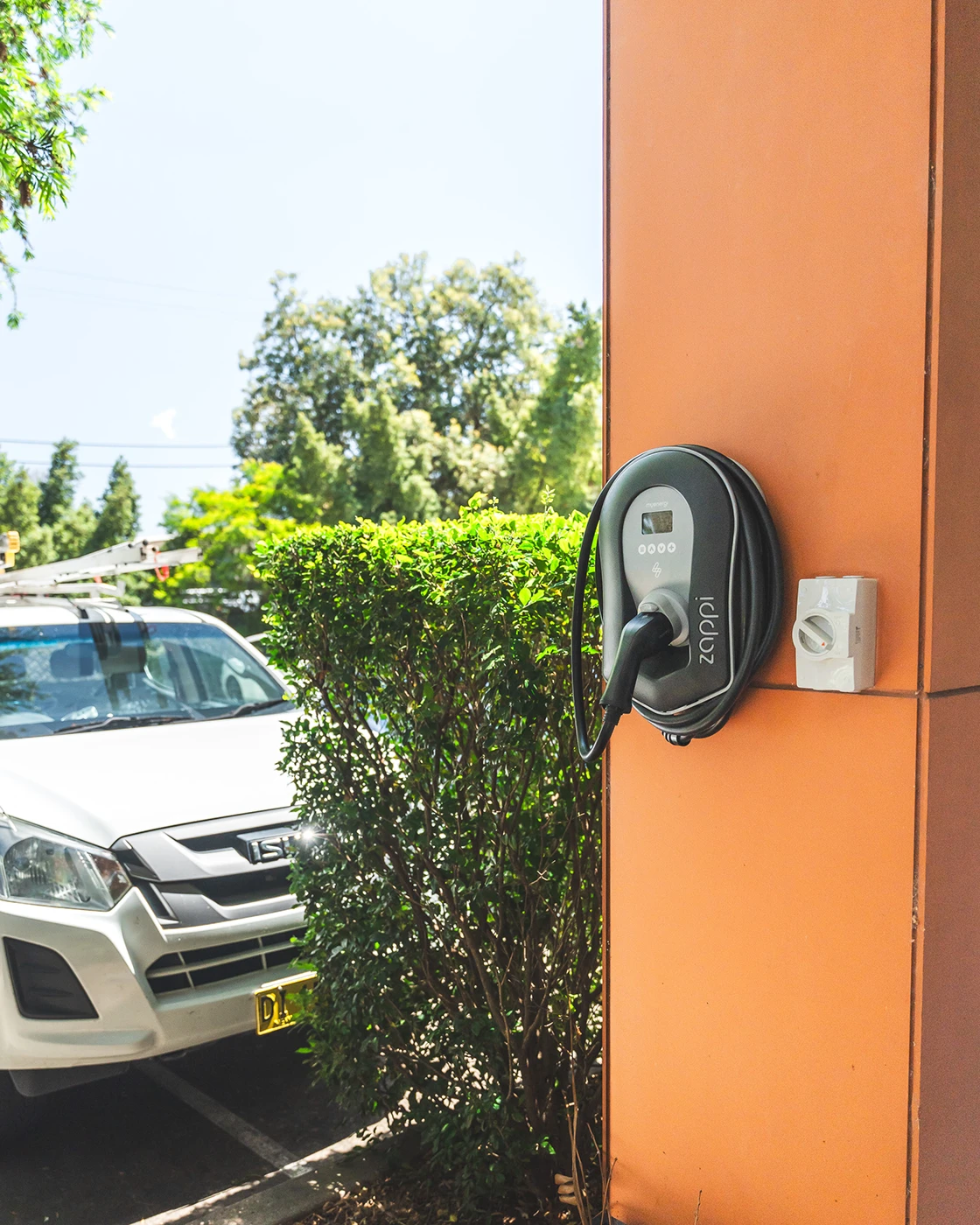
Experts in both residential and commercial electric vehicle charging station installations from 7kW - 360kW+.
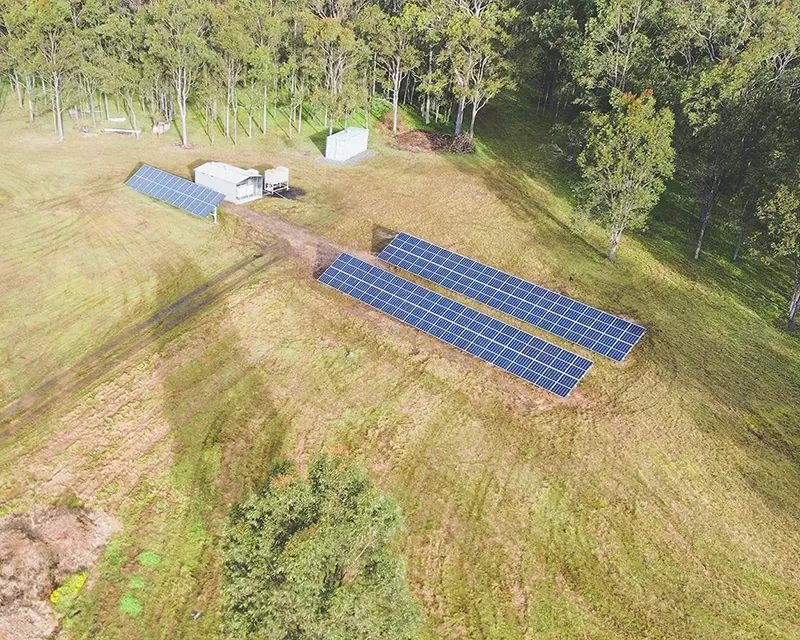
Specialists in off-grid solar and battery, helping properties never have to pay another electricity bill again.
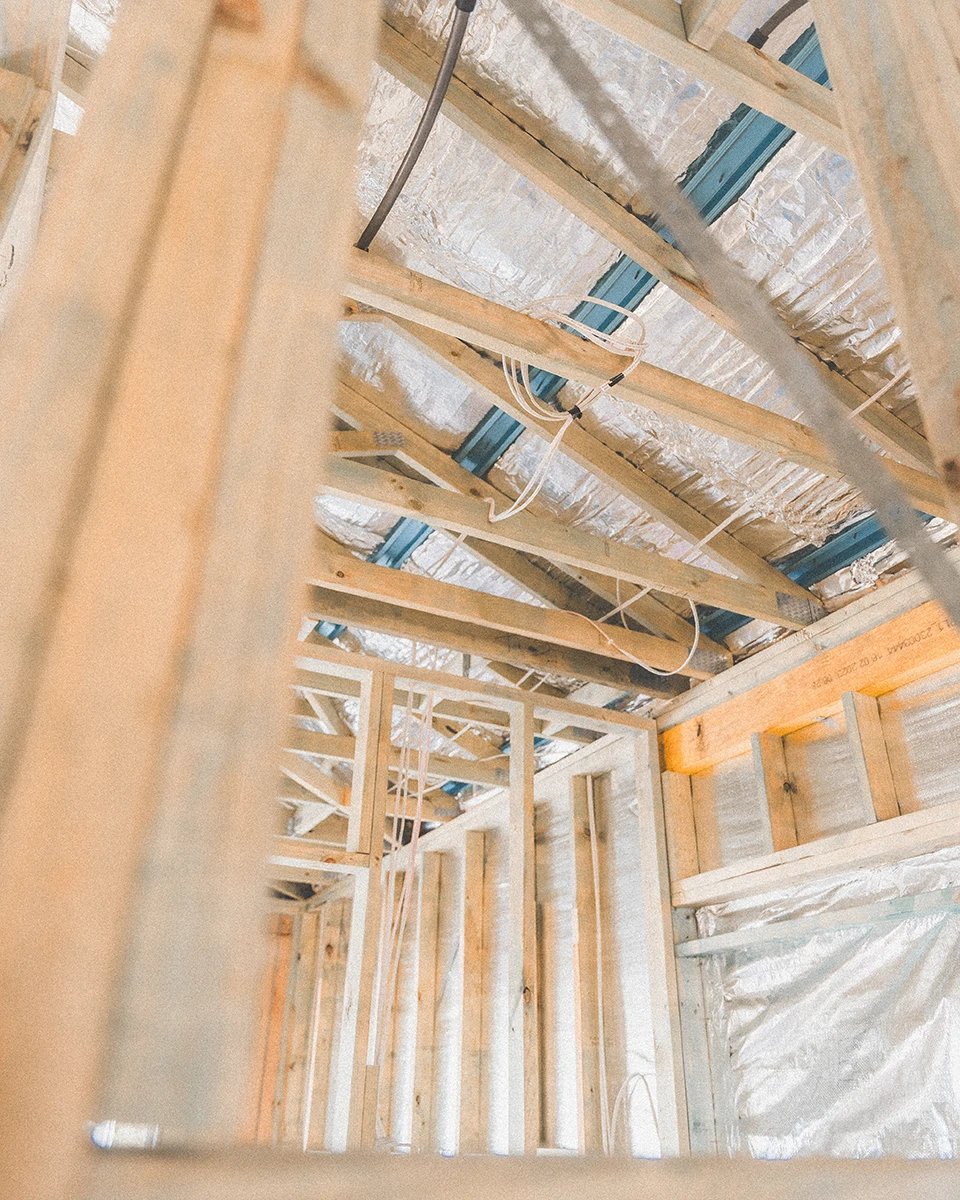
With decades of electrical and industry experience, our fully-qualified & licensed electricians are here to help.
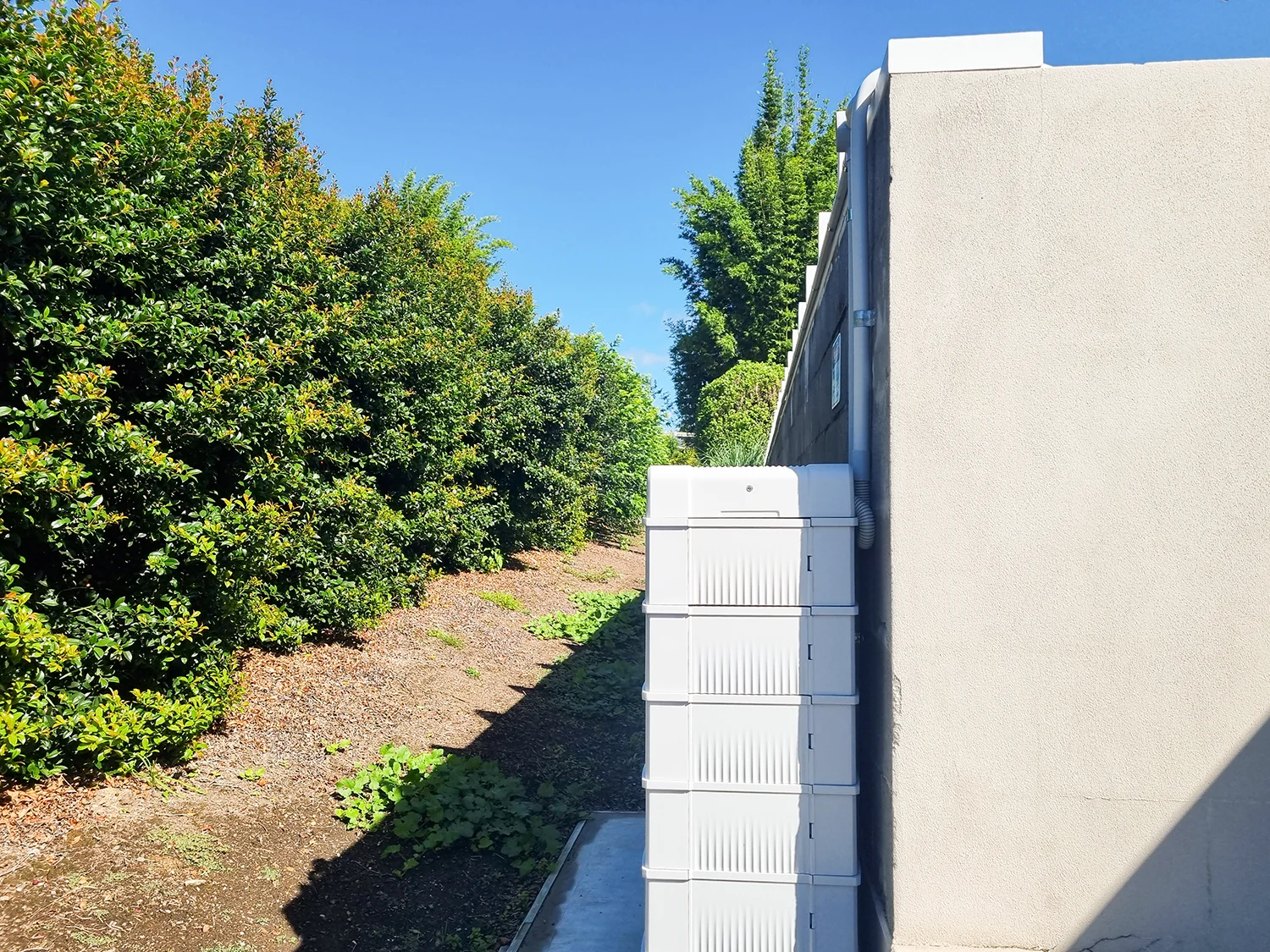
Maximise your solar generation with battery storage from reputable brands to accelerate return-on-investment.
Leave a Comment